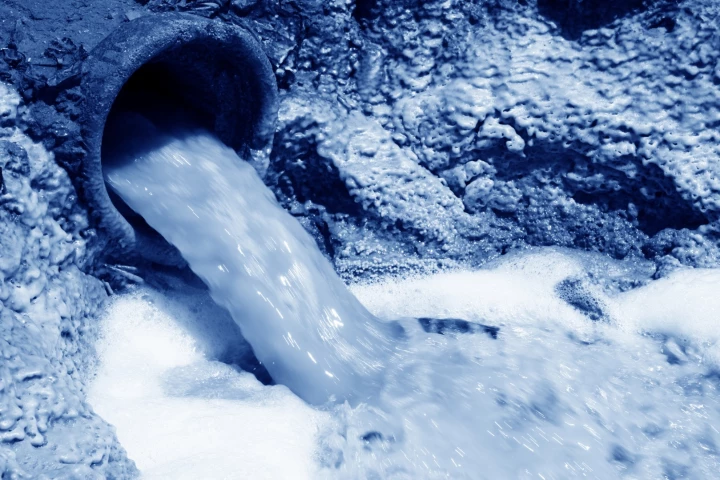Osmosis
-
Imagine generating power not from sunlight or wind, but from the simple mixing of fresh and salt water. This is the promise of osmotic energy. The idea has been around for decades, but only now is it flowing into real-world use.
-
It's ironic that even when surrounded by water, sailors who are lost at sea can still die of thirst. The QuenchSea 3.0 portable desalinator is designed to keep that from happening, and it requires no power source other than its user's arm muscles.
-
Back in 2020 we told you about the QuenchSea, a foot-pump-powered portable device for desalinating sea water. Well, its makers are back with the QuenchSea Reel, which uses deep-ocean water pressure to do the same job.
-
While reverse osmosis is a relatively energy-efficient form of seawater desalination, it is nonetheless made less efficient by a problem known as biofouling. A new membrane coating, however, could address biofouling like never before.
-
"Hypersaline brine" is industrial waste-water with salt levels that exceed even that of seawater. It’s a big, expensive, destructive problem which a team of engineers at Columbia University in New York City hope to solve with their solvent-based method of desalination.
-
Drinking recycled urine may be the stuff of Dune novels, but officials in Santa Clara County in the heart of Silicon Valley are hoping its new high-tech purification plant will help residents get past the ick factor and eventually allow treated wastewater to flow through their faucets.
-
A new study conducted at MIT suggests that tweaking the size of a costly membrane could help make pressure-retarded osmosis (PRO) much more competitive.
-
Multi-use Titanium Dioxide could be used to produce hydrogen and clean water from wastewater, double the lifespan of batteries, create antibacterial wound dressings, and more.
-
Researchers have created an experimental device that indicates boron nitride nanotubes provide an extremely efficient solution for converting the energy of salinity gradients into immediately usable electrical power.
-
NASA is exploring the use of a mostly non-mechanical life support system for use on spacecraft, known as Water Walls.
-
On the final space shuttle mission, the Atlantis crew will test a forward osmosis system to convert urine and sweat into a sports drink-like fluid.
-
A newly-developed membrane that incorporates carbon nanotubes could lead to a faster and more energy-efficient method of water desalination.
Load More











